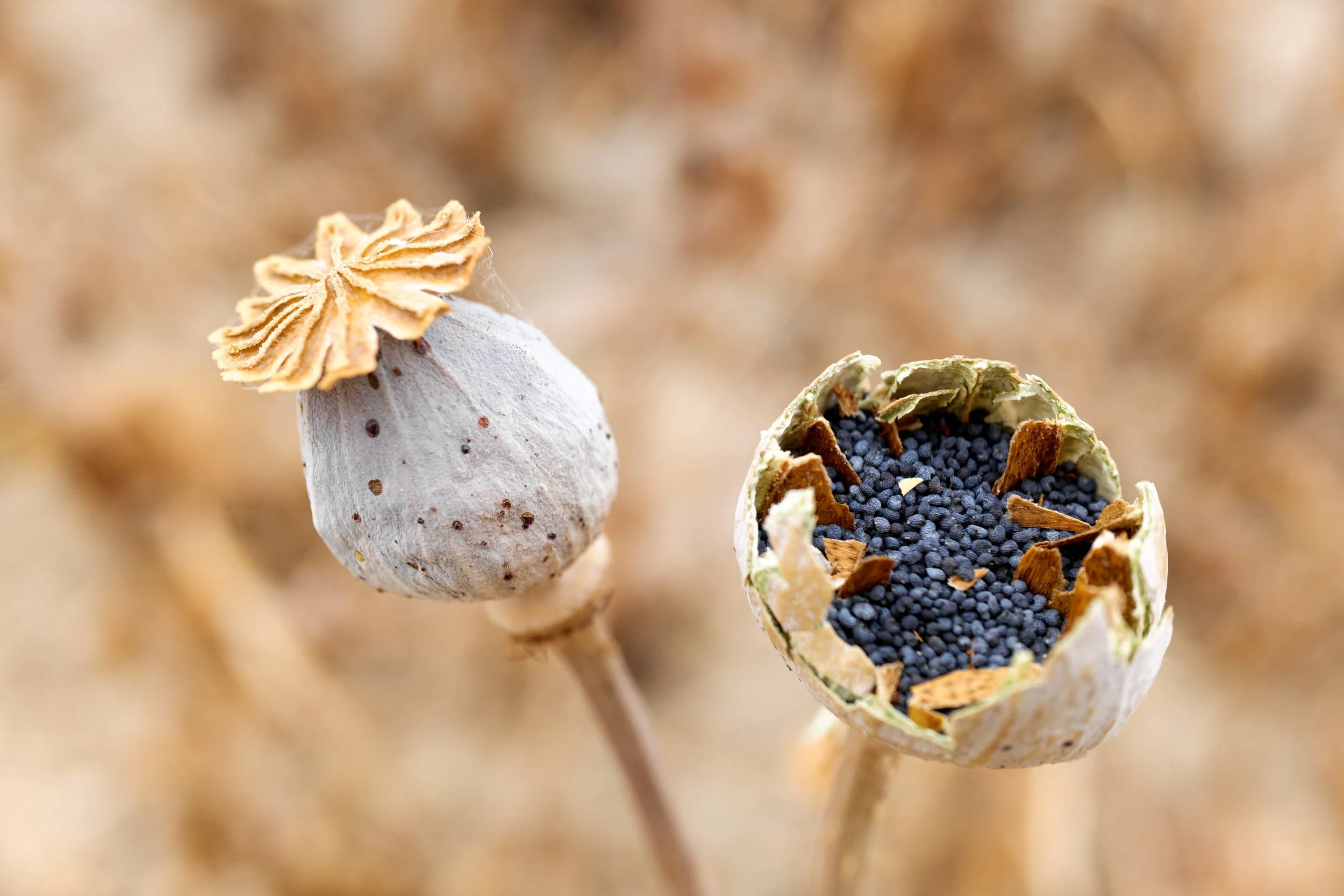What a Waste: Exploring Plant Metabolism & Energy Loss
Introduction
There are many steps in the metabolism of plants. These come mainly from photosynthesis and energy production. All these steps require an endless supply of substances available in the cell for them to work properly. Chemicals like proteins, acids, bases, and other molecular compounds. The total involved substances directly or indirectly in these processes number in the thousands !
The basic simplified photosynthesis process.
As a result of all of this chemical manufacturing - plant cells produce large amounts of waste chemicals. Over time, they evolved to handle these products by further synthesizing them into other useful compounds. Vitamins is a good example. They sometimes also chemically degrade them into a simpler molecule for reutilization elsewhere in another process. All of this happens mainly in the vacuole.
Synthesized Compounds
Example of compounds plants synthesize from their waste chemical are endless. Morphine and Codeine (poppy seeds), quinine (used against Malaria), and salicin (aspirin) are used as medicines. Lignin (used for wood fiber production), and rubber are used in manufacturing. Tetrahydrocannabinol (pot), camphor (solvent), menthol (aromatic oil), and most vitamins have various uses beneficial to people.
Vitamins
The cells of these plants manufactured the vitamin A !
The animal cells just accumulated the vitamin from the plant cells they ate!
Morphine
Cellular storage of Morphine and Codeine happens in poppy seeds.
Aspirin
Aspirin is derived from Salicylic acid.
Salicylic acid is produced in willow tree cells.
Before aspirin was synthesized it was only available from plant extracts!
Camphor
Camphor tree - Cinamomum camphora !
Rubber
Natural rubber comes from the latex of tropical Hevea brasiliensis.
The latex is a substance used to seal a wound.
Getting rid of the last bit
Plants do not have an excretory system like animals (think kidney). As such, the last bits of chemical by products or "waste" builds up. These are substances which are not able to be re used or broken down. The plant has no choice but to store them. The deposited products are first usually made chemically stable or inert.Some species store the waste inside the pith of roots or stems. Bark is also an common place as it is usually shed off over time. In the case of some maples (Acer) they are placed in the tips of their leaves. But of course - as the leaves are disposed of in fall - it makes sense! Stone fruits tend to place them in the gum.
Typical maple leaf tip storing cellular waste.
Resin and gum excretion through bark.
Cross section of watermelon radish showing center where waste products are stored.
Think about that next time you eat a salad!
For expert advice on gardening ask one of our Garden Care Team today !
GREENING NEW YORK FOR OVER 51 YEARS !
Article written by our Staff Horticulturist, Peter B Morris, BSc, MSc, MBAAll photographs used with permission @SHUTTERSTOCK













